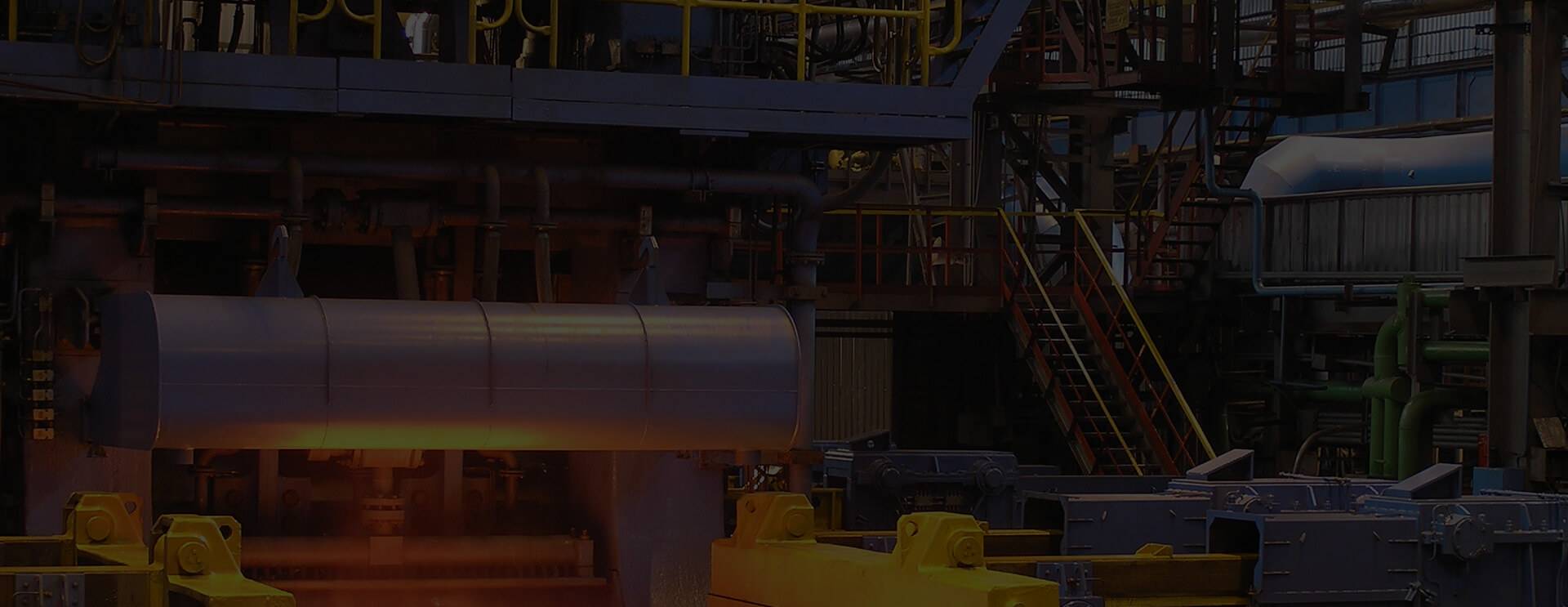loading...
- No. 9, Xingyuan South Street, Dongwaihuan Road, Zaoqiang County, Hengshui, Hebei, China
- admin@zjcomposites.com
- +86 15097380338
- Welcome to visit our website!
reverse osmosis membrane housing
Understanding Reverse Osmosis Membrane Housing A Comprehensive Overview
Reverse osmosis (RO) is a widely employed water purification technology that effectively removes impurities and contaminants from water, making it suitable for various applications, including drinking water filtration, industrial processes, and wastewater treatment. At the heart of this technology is the reverse osmosis membrane, which is housed in a protective structure known as the membrane housing. This article delves into the importance of reverse osmosis membrane housing, its features, types, and the factors influencing its performance.
What is Reverse Osmosis Membrane Housing?
Reverse osmosis membrane housing is a cylindrical or tubular structure designed to hold and protect the RO membrane during operation. Its primary function is to ensure that the membrane remains in place, while also providing a suitable environment for the reverse osmosis process to take place efficiently. The housing is typically made from durable materials such as polypropylene, fiberglass, or stainless steel to withstand the high pressures involved in reverse osmosis.
Importance of Membrane Housing
1. Protection The membrane is a delicate component that can be easily damaged. The housing protects the membrane from physical damage and contamination, ensuring it maintains its integrity and operational efficiency.
2. Support for Pressure Reverse osmosis operates under high pressure, typically ranging from 50 to 800 psi (pounds per square inch), depending on the application. The housing must be able to withstand these pressures without deformation or leakage, which is vital for the overall performance of the RO system.
3. Facilitating Flow The design of the membrane housing allows for optimal water flow across the membrane surface. Proper flow dynamics enhance the efficiency of the filtration process and contribute to the overall performance of the RO system.
4. Ease of Maintenance Well-designed membrane housings allow for easy access to the RO membranes, facilitating maintenance, cleaning, and replacement when necessary. This is crucial for ensuring long-term performance and reliability of the reverse osmosis system.
Types of Membrane Housing
reverse osmosis membrane housing

1. Spiral Wound Housing This is the most common type used in domestic and light industrial applications. In this design, the membrane is wound in a spiral configuration, maximizing the surface area while minimizing the space taken up. This type of housing is compact and efficient.
2. Tubular Housing Tubular membrane housings consist of a straight, cylindrical design. They are often used in applications that require the processing of high fouling feed waters (such as wastewater) because they allow for higher flow rates and easier cleaning.
3. Flat Sheet Housing This type utilizes flat sheets of membrane and is often used in specialized applications. It offers a larger surface area for filtration but can have limitations in terms of compactness and efficiency compared to spiral wound configurations.
Factors Influencing Performance
1. Material Quality The choice of materials for the housing impacts its durability and performance under pressure. High-quality materials resist corrosion and wear, enhancing the lifespan of the system.
2. Design Specifications The design of the membrane housing, including its dimensions and flow path, directly affects the system’s efficiency. Optimized designs minimize dead zones and ensure even flow distribution across the membrane surface.
3. Operating Conditions The temperature, pressure, and composition of feed water can significantly influence the performance of reverse osmosis membranes and their respective housings. Ensuring optimal operating conditions leads to better filtration results and durability.
4. Maintenance Practices Regular inspection and maintenance of the membrane housing ensure that it functions optimally. This includes checking for leaks, cleaning or replacing membranes, and monitoring performance metrics.
Conclusion
Reverse osmosis membrane housing plays a crucial role in the effectiveness and reliability of reverse osmosis systems. By protecting the delicate membranes, enabling efficient water flow, and facilitating maintenance, high-quality membrane housings contribute to the overall success of water purification processes. Understanding the different types of membrane housing and the factors that influence their performance can help users and technicians make informed decisions, ensuring optimal operation for years to come. Whether for residential, commercial, or industrial applications, selecting the right membrane housing is essential for achieving the best possible outcomes in water treatment.
-
GRP Structures: The Future of Lightweight, High-Performance EngineeringNewsJun.20,2025
-
FRP Water Tank: High-Performance Storage for Corrosive and Clean Water SystemsNewsJun.20,2025
-
FRP Square Tube: The New Industry Standard for Chemical and Structural ApplicationsNewsJun.20,2025
-
FRP Pultruded Profiles: The Ultimate Choice for Lightweight Structural StrengthNewsJun.20,2025
-
FRP Handrails: The Safer, Smarter, and Stronger Choice for Modern InfrastructureNewsJun.20,2025
-
FRP Grating: The Smart Solution for Durable, Lightweight Industrial FlooringNewsJun.20,2025
-
Why Choose a Galvanized Water Tank for Your Storage NeedsNewsMay.21,2025
